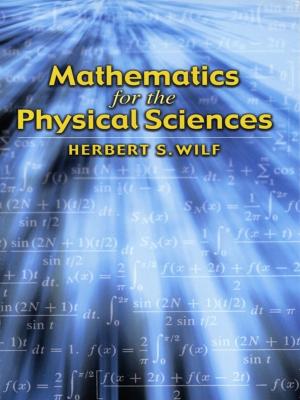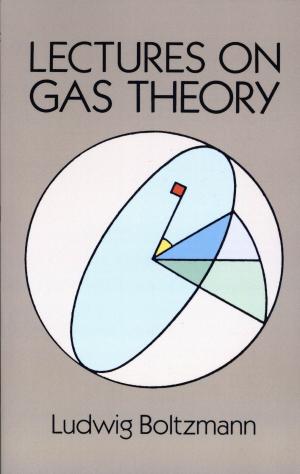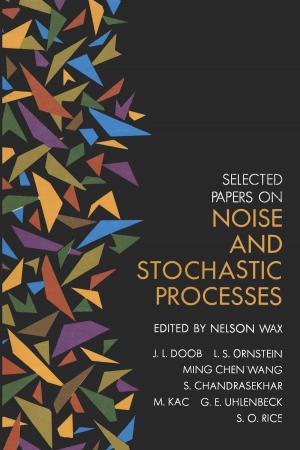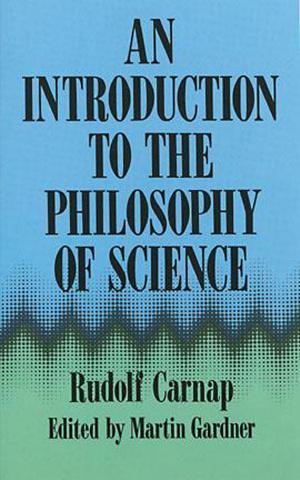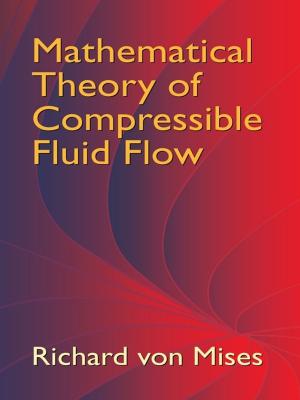| Author: | Richard G. Cooke | ISBN: | 9780486795065 |
| Publisher: | Dover Publications | Publication: | June 10, 2014 |
| Imprint: | Dover Publications | Language: | English |
| Author: | Richard G. Cooke |
| ISBN: | 9780486795065 |
| Publisher: | Dover Publications |
| Publication: | June 10, 2014 |
| Imprint: | Dover Publications |
| Language: | English |
This clear and correct summation of basic results from a specialized field focuses on the behavior of infinite matrices in general, rather than on properties of special matrices. Three introductory chapters guide students to the manipulation of infinite matrices, covering definitions and preliminary ideas, reciprocals of infinite matrices, and linear equations involving infinite matrices.
From the fourth chapter onward, the author treats the application of infinite matrices to the summability of divergent sequences and series from various points of view. Topics include consistency, mutual consistency, and absolute equivalence; the core of a sequence; the inefficiency and the efficiency problems for infinite matrices; Hilbert vector space and Hilbert matrices; and projective and distance convergence and limit in sequence spaces. Each chapter concludes with examples — nearly 200 in all.
This clear and correct summation of basic results from a specialized field focuses on the behavior of infinite matrices in general, rather than on properties of special matrices. Three introductory chapters guide students to the manipulation of infinite matrices, covering definitions and preliminary ideas, reciprocals of infinite matrices, and linear equations involving infinite matrices.
From the fourth chapter onward, the author treats the application of infinite matrices to the summability of divergent sequences and series from various points of view. Topics include consistency, mutual consistency, and absolute equivalence; the core of a sequence; the inefficiency and the efficiency problems for infinite matrices; Hilbert vector space and Hilbert matrices; and projective and distance convergence and limit in sequence spaces. Each chapter concludes with examples — nearly 200 in all.




